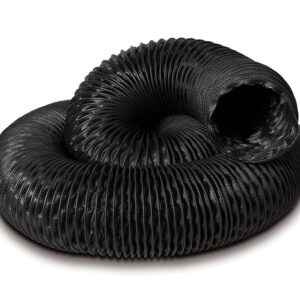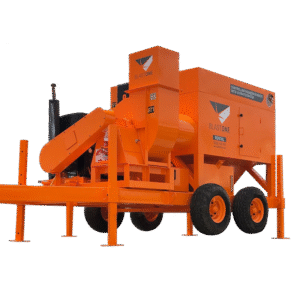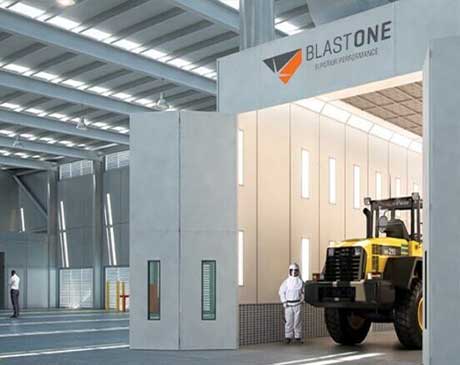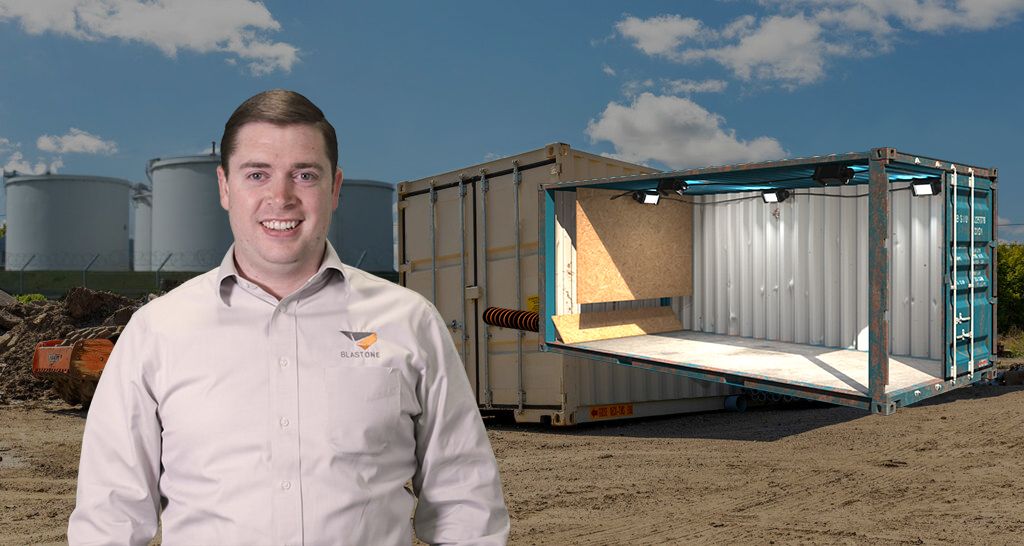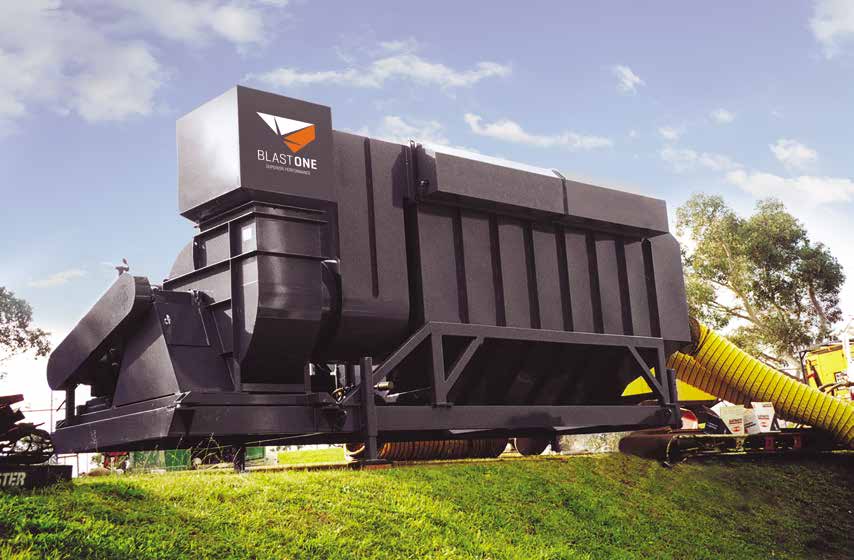4 Principles of a Proper Ventilation Systems
1. Maintain air quality within the breathing zone
Good ventilation helps maintain air quality within the operator’s breathing air zone. The operator’s respirator can now effectively deal with any remaining atmospheric containments.
2. Proper ventilation helps maintain good visibility
By extracting the dust, light can now illuminate the work area.
3. Proper ventilation dilutes contaminants from reaching explosive levels
As fresh air begins to circulate, both the levels of contaminants and explosives are removed from the area. Of course, always use a gas monitor.
4. Proper ventilation protects against noxious dust or lead containments from escaping
Unfortunately, many contractors consider ventilation to simply be a compliance cost. However, ventilation pays for itself by having a safer and more productive work environment.
Here are three rules to follow when designing a ventilation system:
1. Air should always be brought in high and extracted low
The reason for this is twofold. Firstly, solvent fumes and dust are heavier than air. High to low extraction utilizes gravity and assists with their removal. Secondly, this helps limit the exposure of these contaminants in the breathing air zone for your operators. Ventilating upwards will naturally lift containments and increase the odds of compromising your PPE and equipment or the vision of your operators.
2. Ensure correct airflow to achieve the correct number of air changes
This is measured in changes per hour or air velocity through your work area. This airflow depends on three different factors:
- Type of discharged contaminants
- Type of work
- Size of space
If your work area is encapsulated, you should make the cross-sectional area as small as possible. Always consult an experienced professional to help calculate the project factors that you have to deal with, establish the correct airflow, and the number of air changes you need. Never guess.
3. Hazardous dust or fumes need to be properly captured or exhausted in compliance with environmental or OSHA regulations
Each of these principles seems easy to accomplish until you meet real-world conditions. This leads us into an all too common scenario.
How do we effectively ventilate a tank with a single manhole opening at the top?
Obviously, due to this setup, principles 1-3 are naturally compromised. This scenario is quite common in our industry. Here is a workaround that we recommend. Please confirm with an expert before implementing this strategy on your project.
The first thing is simple: Use a duct saddle, employing a pinch funnel section to prevent obstructing the manhole. This duct saddle will allow workers to enter and exit the manhole without difficulty. Then make sure the ducting is long enough to run from the manhole to the lowest possible point in the far back corner of the tank.
If you’re coating the tank, string a cable from the manhole to the attachment in the far back corner. Clip the ducting to the cable to keep it off the floor.
So what’s the most common mistake we see in the field?
Often the ducting only extends slightly into the tank. Below the mouth of the manhole and into the upper regions. When your ventilation method employs positive pressure that’s blowing air, it simply circulates the dust and vapors due to the constant downward pressure. Some dust will exit, but the concentration of dust will build.
When your ventilation employs negative pressure as in vacuum extraction. Although the ducting will affect the upmost levels of the tank, it isn’t effective in drawing the heavy dust and gases that gravity concentrates towards the bottom of the tank. However, if you implement our strategy, the ducting will be in the far back corner of that tank. It’ll effectively draw the dust away from the operator and extract the dust out of the tank through the ducting.
Design Considerations for Containment and Ventilation
- Overview of containment systems requirements
- Containment components
- Ventilation systems components
- Design of negative pressure containment systems
- Components of negative pressure systems
 My Account
My Account

